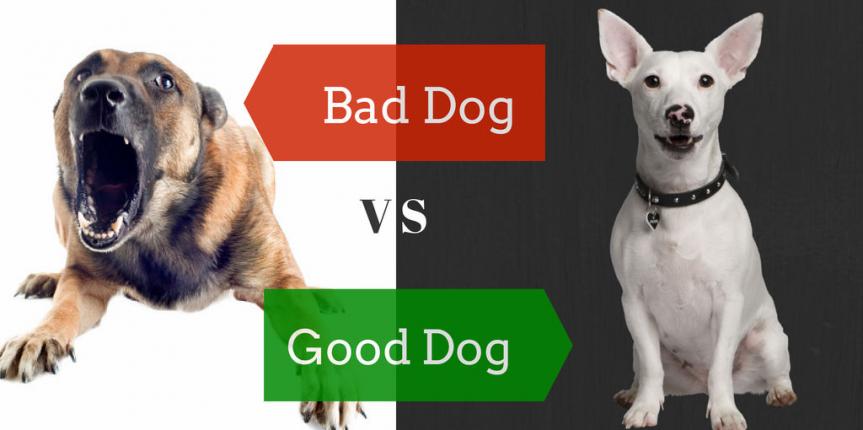How to Correct Dog Aggression
Over Labor Day weekend 2014, a Jack Russell terrier, a breed of dog not known for being overly aggressive, attacked and bit a young child in the face at a Dayton, Ohio campground. The dog was immediately turned over by the owner to an animal rescue group, which will determine how to proceed with the animal. Most likely, however, the animal will be euthanized.
It’s cases like this that remind us that any breed of dog – from a pit bull to a Jack Russell terrier – can be aggressive and potentially dangerous toward other animals or people. But what’s also worth noting from the story outlined above is how the dog in question had a history of aggression and had bitten multiple people in the past.
The Centers for Disease Control and Prevention (CDC) estimates that up to 4.5 million Americans are bitten each year by dogs. Dogs can become aggressive for a variety of reasons. After all, they’re possessive, territorial animals. And this aggression in the form of an attack doesn’t just occur on other people or animals – it can also occur on the owner and the owner’s family.
That’s why it’s important to be a responsible dog owner by taking measures to correct dog aggression if there’s even an inkling that it may constitute a problem, whether it’s within the confines of your home or in public throughout the animal’s life. Aggression can be minor, such as barking, growling and snarling, and major, such as nipping, biting, lunging and biting and shaking. But there can be a lot on the line if your dog remains aggressive and were to attack someone. Not only could you lose your dog, but you may even be held accountable for not intervening and getting your animal the proper training or treatment to curb any aggressive behavior.
Take the case of Sebastiano Quagliata and Valbona Lucaj, whose dogs mauled a jogger to death in summer 2014 in a rural Michigan community. The husband and wife now face second-degree murder charges in the death of the jogger, as the dogs had a history of aggression and biting and were even warned by their veterinarian about how dangerous they were.
While the aforementioned is an extreme case, it’s a prime example of how important it is to correct dog aggression and know how to handle an aggressive dog.
Here’s a look at the steps to take to do it:
- Neutering - If your dog is a male, you can curb aggressive behavior by having him neutered before he reaches sexual maturity. This helps to prevent dog-on-dog aggression and inter-male fighting. It doesn't solve all problems, but can be a good step in the right direction.
- Start from the Beginning - Dogs are largely a product of their environment and their training. So if they’re not treated well or trained properly, especially at an early age, they’re more likely to have social issues throughout their lives, which can lead to aggression toward other people and animals. Here’s a look at some key ways to prevent an aggressive dog:
- Puppies should be introduced to the home between 7 and 8 weeks of age.
- The 8 to 10 week period of a puppy’s life is an important one. In addition to harshly disciplining the puppy, you must also make sure that it’s handled by every member of the household often.
- It’s important to properly socialize a puppy by the 14 week mark. Or else, they may be fearful of humans and other animals.
- Prevent Dominance - As you raise your dog, it’s important to correct any dominant behavior displayed, from growling over its food dish to not obeying commands. That’s because dogs often view humans as equals, not as their superiors. And in order to establish themselves as dominant members of the “pack,” they may challenge family members – notably young children who are the easiest targets. That’s why it’s so important to prevent dominant behavior and immediately correct it through disciplinary action as it’s noticed. Dogs and humans are not equal – and should not be treated as equal – in a home.
- Proper Training - Barking at strangers, excessive jumping and nipping are all somewhat good-natured signs of aggression that can be fixed with proper training. Properly socializing your dog can solve issues of barking at strangers, but jumping and nipping can be more tricky:
- In puppies, firmly state “off” or “down” when it jumps or nips, then turn your back on the animal and refuse to pet it or play with it until it calms down.
- In adult dogs, use the same commands, but shower it with praise and food treats when it obeys or when its behavior improves.
It’s important to never concede a battle to your dog. That just gives the animal more leeway to get away with more.
Preventing aggressive behavior in dogs or correcting a dog's aggressive behavior can take time, patience and stick-to-itiveness. But it’s certainly worth it. That’s because, as outlined in the examples above, if your animal bit or attacked someone and has a history of aggressive behavior, it might not just be your dog that suffers the consequences – but you as well.






